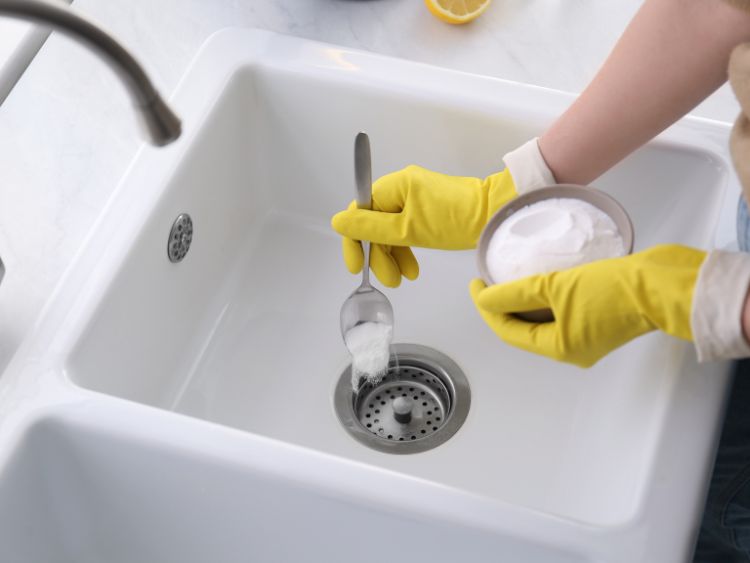When it comes to home maintenance, keeping your drains clean and clear is not just a chore—it’s an essential task that ensures your household runs smoothly. Clogged or poorly maintained drains can lead to a myriad of problems, from unpleasant odors to severe plumbing disasters. Luckily, with a bit of know-how and the right approach, you can master the art of drain cleaning, making sure your plumbing stays in top shape. In this comprehensive guide, we’ll dive into everything you need to know about drain cleaning, from basic tips to advanced techniques.
What You Need to Know About Drain Cleaning
Drain cleaning is more than just a reactive measure—it’s a preventive practice that homeowners should incorporate into their routine maintenance. By understanding the ins and outs of how your drains work, you can prevent problems before they escalate.
Why Drain Cleaning is Essential
Keeping your drains clean does more than just prevent clogs. It also:
- Prevents odors: Regular cleaning keeps unpleasant smells at bay.
- Maintains health: Dirty drains can be breeding grounds for bacteria and mold.
- Saves money: Avoiding major blockages can prevent costly repairs down the line.
Getting Started: Basic Techniques
Before diving into the more complex strategies, let’s start with the basics of drain cleaning:
Regular Maintenance
- Hot water flushes: Once a week, flush drains with boiling water to clear out fat and oil buildup.
- Baking soda and vinegar: A monthly treatment with these natural cleaners can keep your drains fresh and relatively clear.
- Physical inspection: Regularly check your drains for early signs of blockage.
Tools You’ll Need
To tackle drain cleaning effectively, you’ll need some basic tools:
- Plunger
- Plumber’s snake (or drain auger)
- Drain cleaner (chemical or enzymatic)
- Gloves and protective eyewear
Advanced Drain Cleaning Techniques
For those tougher clogs or regular deep cleans, consider the following advanced techniques:
Mechanical Techniques
- Plumbing snake: This tool is perfect for reaching deep into the plumbing system to remove stubborn blockages.
- High-pressure water jetting: A more professional approach, which involves blasting water through the drains to clear out buildup.
Chemical and Natural Cleaners
- Chemical cleaners: These can be effective for severe clogs but use them sparingly as they can damage pipes over time.
- Enzymatic cleaners: A gentler alternative that breaks down organic matter without the harshness of chemicals.
Preventative Practices
To minimize the need for frequent deep cleans, adopt these preventative measures:
- Avoid pouring oils and fats down the drain.
- Install hair catchers in shower drains.
- Use food catchers in kitchen sinks.
Common Questions About Drain Cleaning
FAQ
- How often should I clean my drains?
- Regular maintenance should be done weekly, while deeper cleans can be monthly or as needed.
- Can I use bleach for drain cleaning?
- Bleach can be used sparingly, but it is not the most effective at removing clogs and can be harmful to septic systems.
- What should I do if none of these methods work?
- If DIY methods fail, it might be time to call in a professional plumber.
- Are enzymatic cleaners worth it?
- Yes, they are a safer alternative to harsh chemicals and are great for regular maintenance.
- How can I tell if my drain is beginning to clog?
- Slow draining, gurgling sounds, and unpleasant smells can all be early signs of a clog.
Conclusion
Drain cleaning might seem daunting at first, but with the right tools and techniques, it’s a breeze. By incorporating regular maintenance into your routine and addressing problems promptly, you can keep your drains running smoothly and avoid the headaches of serious plumbing issues. Remember, the key to effective drain cleaning lies in prevention and timely action. So, roll up your sleeves and get ready to tackle those drains before they become a real problem!
Crafting an engaging title that draws readers in while accurately reflecting the content is crucial. Similarly, selecting a focus keyword for the SEO meta-description ensures the article’s visibility. Here, “drain cleaning” serves as both the title’s draw and the meta-description’s focus, making the article not only appealing but also easily discoverable for those seeking solutions and advice on maintaining and cleaning their drains.



